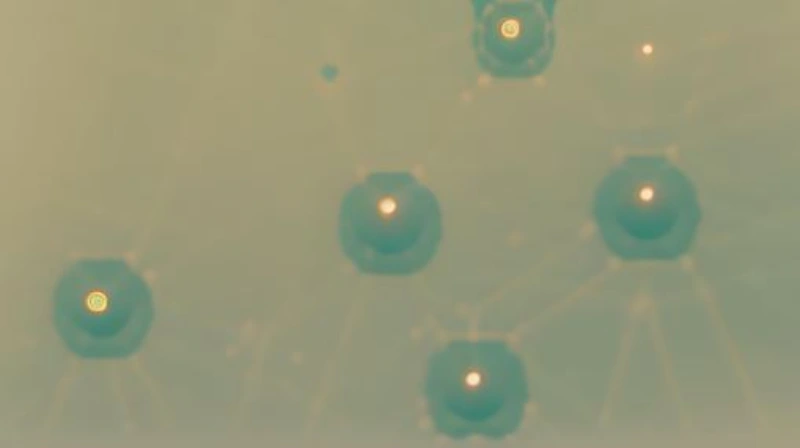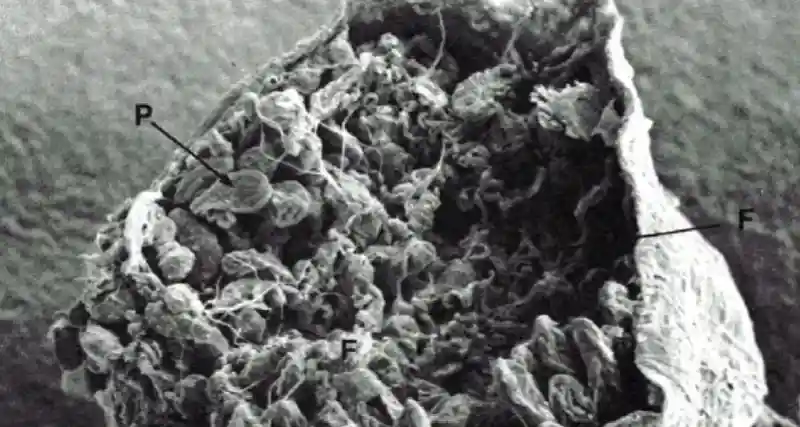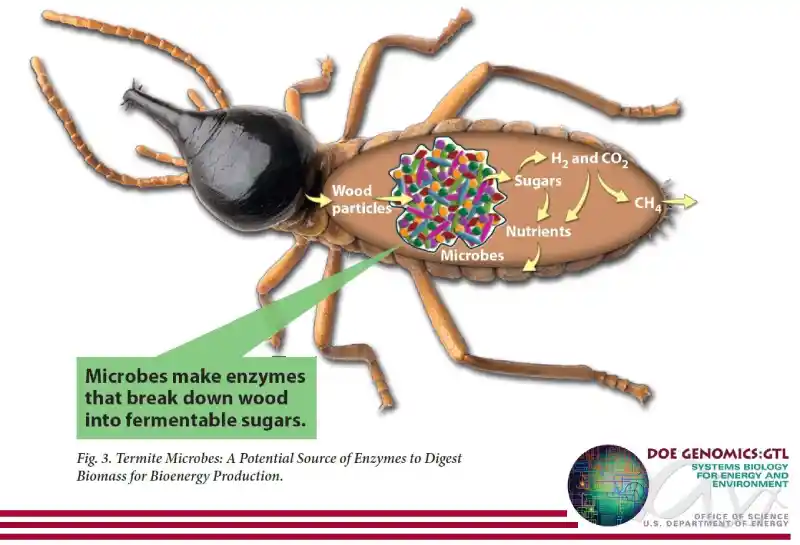Are termites the answer to cheap hydrogen?
Disclaimer: Using termite gut micro-organisms to produce bio-hydrogen is highly speculative, and research is still in its early stages. 🔬
One of the reasons there isn’t a ‘Tesla‘ for hydrogen technology is that producing hydrogen simply isn’t as feasible as mass-producing Li-Ion batteries. 🔋
But what if the solution is already out there, munching away at our wooden homes? Let’s explore how the microbes living within termites could potentially be the catalyst behind one of Elon Musk’s future ventures. 🐜
Hydrogen is essential but dirty 🏭

Hydrogen is an uncontested member of the future’s fuel mix. It’s clean, can be sourced from water, and is highly energy-dense. Moreover, it’s the only credible candidate for deep decarbonisation of polluting industries like steel-making and fertiliser production. 🏭
The challenge lies in sourcing this hydrogen cleanly and affordably. Since the Industrial Revolution, most of our hydrogen has been produced via electrolysis, which uses an electric current to separate hydrogen ions (H+) from water (H2O). 💧
Regrettably, much of our current supply is essentially ‘blue hydrogen‘, electrolysed using dirty electricity produced in coal and gas power stations.
Green hydrogen faces an uphill battle 🍃
The much-touted alternative to ‘blue’ hydrogen is ‘green hydrogen‘. This is electrolysis using surplus power from low-carbon energy sources like wind and solar. 🌬️🌞
Renewable energy’s record growth seems promising for green hydrogen, given the constant decline in renewable energy costs. However, the electrolysis method presents its own set of challenges.
Despite their maturity, electrolysers typically achieve efficiencies of just 40-50%. That implies a substantial amount of electricity is needed to produce a relatively smaller amount of hydrogen energy. ⚡
Couple this with the high costs of constructing hydrogen infrastructure (such as adapting natural gas pipelines for hydrogen, which is proving leaky and expensive), and the challenges mount.
Remember, the primary need for hydrogen isn’t necessarily to compete with Li-Ion batteries, but rather to decarbonise sectors such as steel-making, fertiliser production, and potentially aviation fuel.
So, any new solution would be welcome, right? 🤔
Bio-hydrogen 🥦
Indeed, scientists are exploring innovative ways to produce hydrogen, often drawing inspiration from nature. 🌍
Some algae and cyanobacteria have the ability to split water into hydrogen and oxygen using sunlight. However, this photosynthesis process is considerably less efficient than electrolysis. 🌿
Another option is producing hydrogen from heated biomass. This method, though, results in hydrogen mixed with other gasses, necessitating further separation.
Then there’s fermentation, a process used by certain bacteria to produce hydrogen. This can occur continuously and without light, like in an anaerobic digester.
At present, the most promising bet seems to be coupling this fermentation process with the industriousness and scalability of one of humanity’s most persistent foes: termites. 🐜🔬
Termites 🐜
Anyone with wooden furniture knows all too well about the relentless nature of termites. You may fend them off temporarily, but they often return with twice the determination. 🐜
These industrious insects consume colossal amounts of cellulose (encompassing all plant cells, not just wood) on a global scale each year. In the U.S. alone, termites cause billions of dollars of structural damage to wooden structures annually. 💸
Consequently, academic research on termites has historically been centred on eradication methods rather than exploring how these pests could potentially become allies.
However, advances in microbiology over the last couple of decades have opened a wealth of possibilities, including producing much-needed hydrogen in scalable quantities.
A super-effective gut flora 🦠
Remarkably, there are species of tropical termites capable of “turning a piece of paper into a litre of hydrogen” This is thanks to their gut micro-organisms that can extract hydrogen from cellulose and bind it into H2.
Under normal circumstances, hydrogen atoms bond with oxygen to produce water (H2O). However, in the absence of air and with the unique metabolic pathway provided by the microbes in the termite’s gut, the hydrogen ions have no option but to bind together and produce fuel. ⚗️

What’s even more impressive is the high efficiency of this process. It’s at least three times more efficient than burning biomass for electricity and then using electrolysis to convert water into hydrogen (we ran a quick back-of-the-envelope calculation for this).
Given that research funded by the U.S. Department of Defense has already resulted in termite rocket fuel that sells for $25 per gallon, this idea might not be such an outlandish bet.
Building a bio-refinery ⚗️
Unfortunately, it’s not as straightforward as simply containing swarms of termites to work for us.
Not only is this impractical, but the natural process also emits greenhouse gases such as CO2 and CH4, which would need separation in order to make this purely clean hydrogen.

The most viable approach would involve understanding and potentially engineering the microbes within termite guts.
This might require cultivating them in a lab environment, optimising conditions for hydrogen production, or even genetically engineering them for enhanced efficiency. 🔬
We’ve sifted through the latest research but haven’t uncovered any significant breakthroughs just yet. Hence, the potential of termite microorganisms to become a game-changing green bio-hydrogen source remains an open question. 🤷♂️
So, is this THE solution? 💡
Reducing costs and enhancing the efficiency of clean hydrogen production is paramount, and current research points to no process as promising as that of the termite microbiota.
However, it’s crucial to remember that the majority of breakthrough ideas often don’t pan out as expected. Sometimes because of ill management (See the catastrophic collapse of Britishvolt as an example) or perhaps because our bioengineering tools still not shart enough. 🔬
In this sense, electrolysis, with its century’s worth of development under its belt, seems irreplaceable. But just as the seemingly irreplaceable horse was rapidly superseded by vehicles, we could be on the cusp of an AI-driven era of microbe-based bio-hydrogen revolution. Only time will tell. ⏳💥

